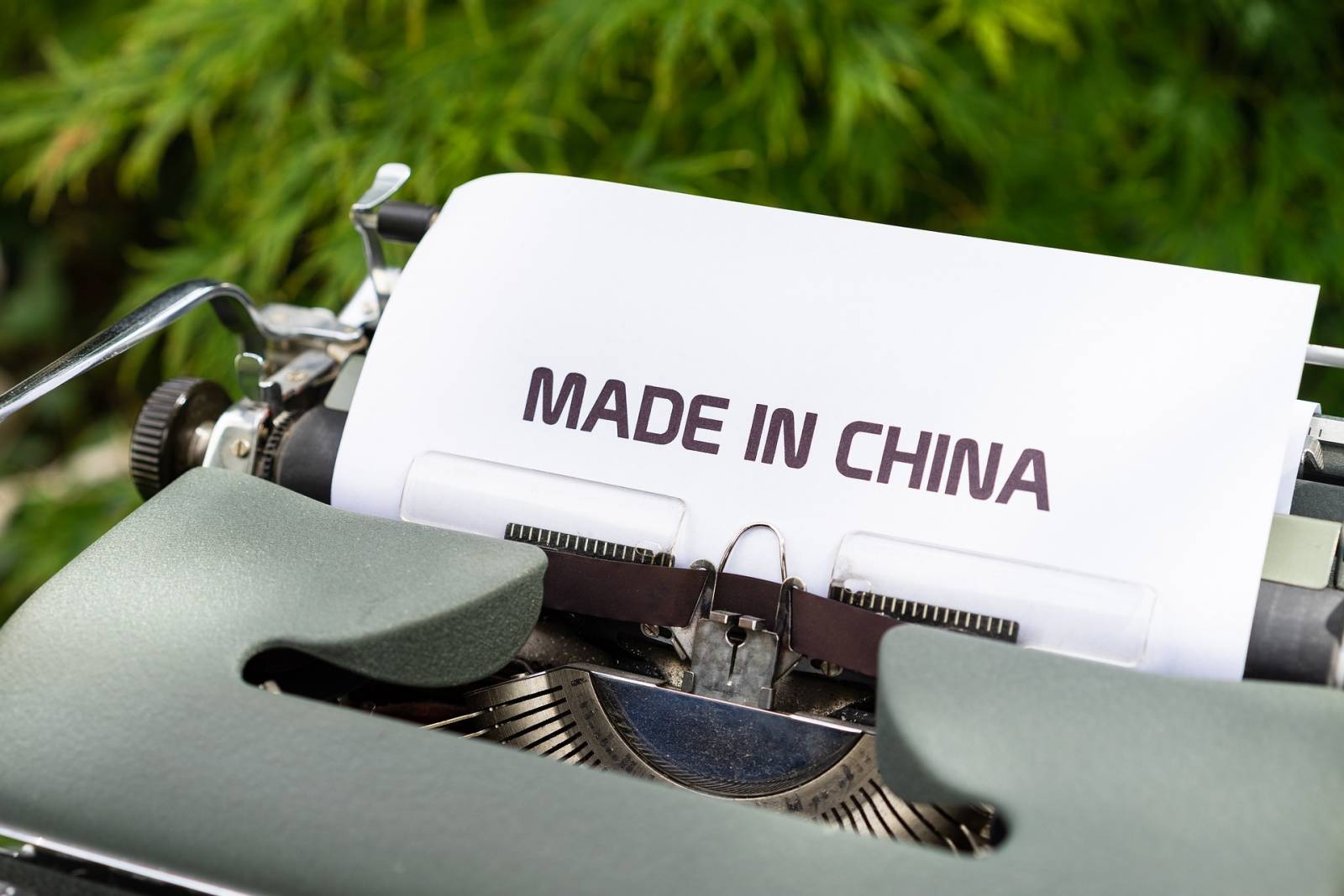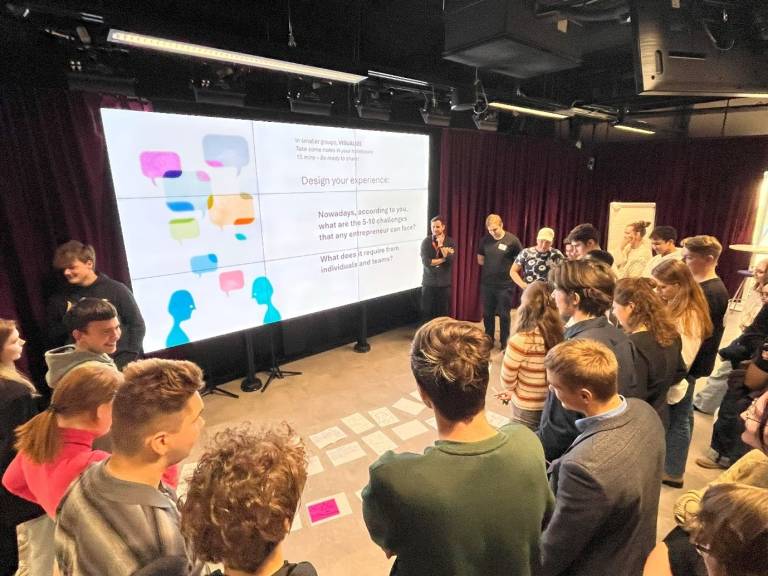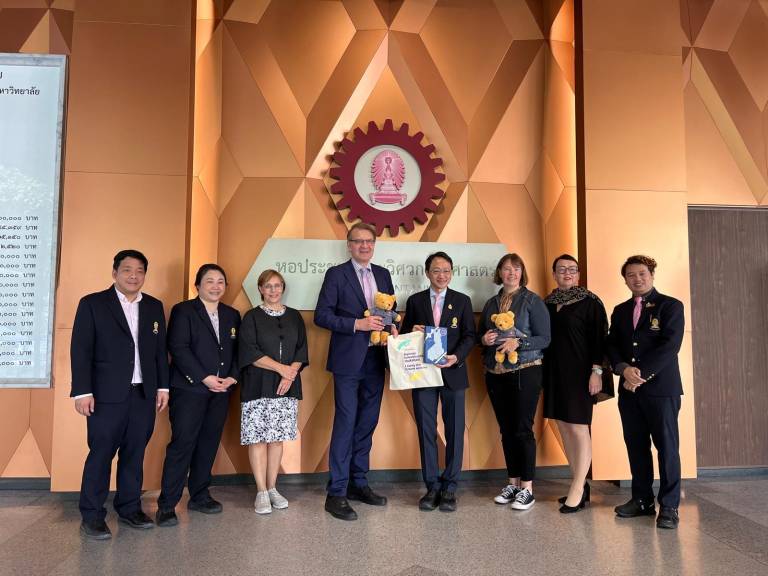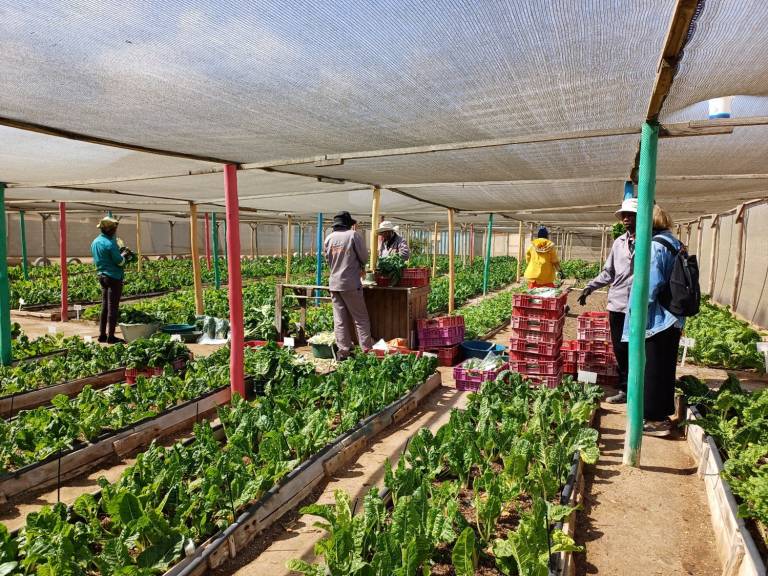In recent years, the production of nonwoven materials in China has witnessed a remarkable surge, marking a significant transformation in the country’s textile industry. According to the statistics of CNITA, from 10,000 tonnes in 1980, China’s nonwoven production reached 350,000 tonnes in 2000 and 8.4 million tonnes in 2022.
Nonwovens have revolutionized various industries, offering a versatile and cost-effective alternative to traditional woven fabrics. China recognized the potential of nonwovens and embarked on a journey to become a global leader in their production. China’s share of the world’s man-made fibre market has grown from 0.3% in 1960 to 24% in 2000. (Russel, 2006) With 33.9% in 2020, China is now the largest manufacturer amounting to one third of the of the global production (Ohmura, 2022).
Several key factors have contributed to the exponential growth of nonwoven production in China over the past decade. The global demand along with growing awareness for nonwoven materials has risen. The COVID-19 pandemic further accelerated this demand. With skilled labour and a robust supply chain, China’s ability to offer cost-efficient manufacturing solutions has made it a preferred destination for nonwoven production. Nonwovens are increasingly replacing traditional textiles in applications where durability and disposability are crucial. The Chinese government has provided incentives and support for the nonwoven industry, fostering innovation, growth and leading to significant technological advancements.
China’s remarkable journey over the past decade reflects its commitment to innovation, economic growth, and meeting the demands of a changing world. The surge in nonwoven production has not only strengthened the country’s economy but has also supplied essential materials for various industries globally. As the need for efficient, durable materials continue to rise, China’s nonwoven industry is poised for even greater success in the years to come, shaping the future of textiles and manufacturing worldwide.
In conclusion, while China’s rise in the nonwovens industry presents clear challenges for Europe, it also opens doors for European manufacturers to innovate and cater to global market shifts. Europe grapples with challenges such as the pressing need for more investment in R&D, higher labor costs compared to China, a stringent regulatory environment, and the pressing urgency for sustainability amidst rising environmental concerns.
Considering these challenges, we recommend Europe to intensify its R&D efforts, prioritize sustainability, foster regional collaboration, seek robust government backing, and elevate training and education standards. Embracing these strategies will position Europe to navigate the challenges and leverage the opportunities within the dynamic nonwovens industry landscape.
Read more about ‘Engineered fabrics’ in our previous blog post here.
The authors of this blog post are part of the Sustafit research project. Our mission is to devise sustainable nonwoven solutions backed by eco-conscious business strategies and implementation.
Text:
Shruti Dharwadkar, a Project Researcher at the SUSTAFIT research project, specializes in business-related research. Concurrently, she is pursuing her MBA in Risk Management and Circular Economy at Tampere University of Applied Sciences, FINLAND.
Dr. Pia Hautamäki works as a Principal Lecturer and Researcher in Innovation Management in Applied Research Center at Tampere University of Applied Sciences. Pia serves as the Work package leader for business-related research in the SUSTAFIT research project. Pia has led several other projects related to B2B sales management and digitalization at Tampere University of Applied Sciences, TAMK, FINLAND.
Picture: Pixabay, Markus Winkler





